Your Cart is Empty
FREE U.S. DOMESTIC SHIPPING • 100% MONEY-BACK GUARANTEE • Lifetime Access • No Subscription
FREE U.S. DOMESTIC SHIPPING • 100% MONEY-BACK GUARANTEE • Lifetime Access • No Subscription
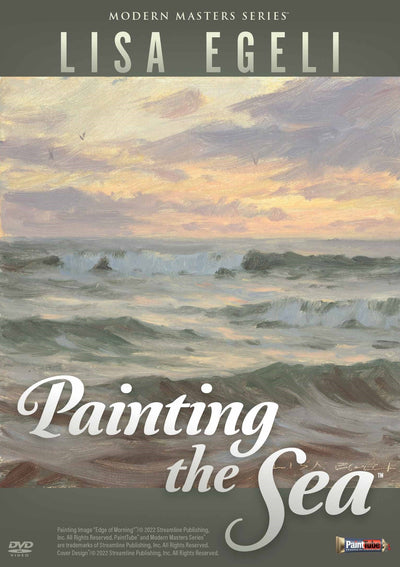
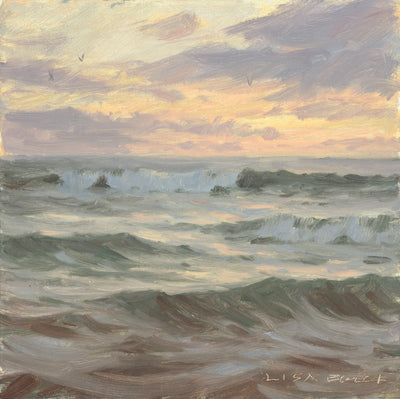
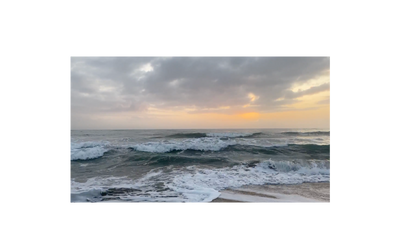
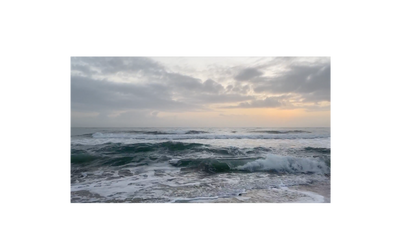
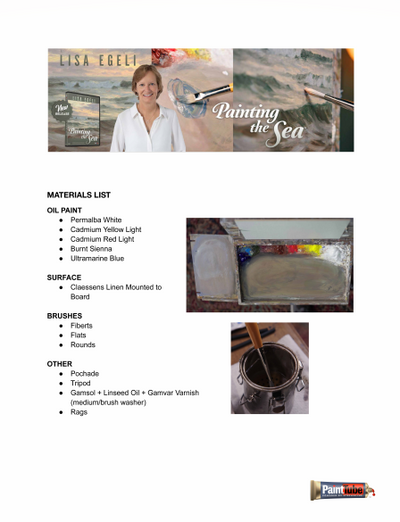
$161.24 $127.97
You Save 20% ($33.27) 
Take a look at some of the major takeaways from Lisa’s video:
Marine landscapes can be challenging but Lisa Egeli has discovered little-known secrets to capture the movement of water that make THIS video a ‘must-have’ for every serious artist
There’s something about a well-done seascape painting that commands attention … and once your eyes are on it, it’s like you don’t want to look away.
Lisa Egeli’s art has that kind of wow factor. In Painting the Sea, she’s going to divulge her own methods for creating breathtaking seascape paintings so you can also experience the wow.
From a very young age, Lisa’s parents brought her along to paint outside with them. So taken by the world and all of its variety, Lisa traveled the globe for nine months and spent much of her time drawing and painting. As she filled up each sketchbook, she’d ship it to her parents who thought the books were the best travel postcards ever.

Lisa Egeli Paints Machu Picchu on Location
It was during these travels that Lisa found a new way to capture the fast-changing environment in a unique way which did NOT use a camera, nor did it rely on her ability to sketch or paint fast.
In this intimate video, Lisa reveals her closely-guarded secrets on how to bring the outside into your studio so you have a nearly endless amount of time to work on a painting until you get it just right — the way you want it to be.
Then, as you share your artwork, your heart and soul will shine through to deeply connect with your viewers. Just think … it will be your paintings people can’t look away from.
“The environment just soaks into your mind and body.”
— Lisa Egeli
More About Lisa Egeli
Lisa Egeli has traveled and painted on location around the world during her more than 30 years as a successful professional artist. She is a third-generation artist in a family of artists and works in her Maryland studio by the shores of the Chesapeake Bay and wherever her travels take her.
Lisa has learned much from her father, artist Peter Egeli, and her formal training was at Chicago’s American Academy of Art. Lisa is a Past President and Fellow in American Society of Marine Artists, a Signature Member of Society of Animal Artists, and a member of both the century-old Salmagundi Club in NYC and the Washington Society of Landscape Painters.
Lisa is a marine, landscape and portrait Painter.

In Painting the Sea, you’ll see Lisa use a limited palette to create magic on the canvas. You’ll be amazed at the environment she builds using just these few core colors. You’re going to love this.
Three Secrets of Water
As you study with Lisa, she’ll reveal three secrets of water that you must know.
First, is the shape of the waves
Lisa takes time in this video to explain the shape of the waves and how to capture that accurately. If this is off, your eyes (and the eyes of peers and potential customers) will be able to tell immediately. Lisa has found the solution to getting wave shapes right every time. She explains it beautifully in this video: Painting the Sea.
Second, is the motion of the waves
There is a real secret here that many plein air painters have never heard of. It allows you to fully capture the details of the movement of the waves in a way that you can even take back into the studio with you. She’ll explain how to do this and it may change the way you paint outside forever.
The third secret of water is so amazing you’ll have to see it for yourself. And you will when you add Painting the Sea to your personal resource library.
Watch This First
One of the bonuses included with this video is an ultra high-speed view of the demonstration painting. Always a fan favorite, these high-speed videos are just one of the benefits of having Hollywood caliber video equipment and a top-notch production team.
Because Lisa paints in such great detail, watching the high-speed version will help you see how those small details make a big difference in the final painting — don’t miss this.
We recommend you watch the high-speed demo first.
This will give you a great advantage as you begin to go through the entire course. You’ll have a better understanding of why Lisa is doing what she does and what the end result will be.
You’ll see her layer in the sky and water. Then she’ll focus on the lights and darks. You’ll see her build a world on the canvas that you’ll feel like you can step right into.
How to Fix a Broken Painting
In this new breakthrough video, Lisa reveals THREE specific steps you can take to uncover exactly what is not ‘working’ in your painting. You can’t fix it if you don’t know what’s wrong.
First
Lisa recommends stepping away from the painting. Literally. Step back. Then look at it from TWO perspectives, yours and your potential customer’s viewpoint. You may discover what’s not working simply by doing this.
Second
Look in the mirror. Yep. It could be that simple. A simple dollar-store mirror could alert you to what you need to fix. Simply stand with your back to your painting and hold the mirror up over one of your shoulders and look at that painting with fresh eyes. It sounds simple, but it can make the difference.
Third
Well, this is where you have to listen to Lisa’s explanation. This tip actually takes a little time. It’s not fast, but it could be the difference between a ‘good’ painting and a ‘great’ painting. And, of course, if you’re selling the painting, that could mean a difference between a little money and a LOT of money.
Lisa exposes so many tips for success in marine painting that THIS is the one to get if you have ever struggled painting the sand, sun, and surf.
“Don’t be intimidated by everything that’s going on,
just take it a little bit at a time”
– Lisa Egeli
Bonuses Included with Video:
Chapter Breakdown
Add a bird or a boat–”Sometimes I think about this as adding a gift for the future viewer of the painting…. I want it [the painting] to feel alive, like any little unexpected thing could happen.”